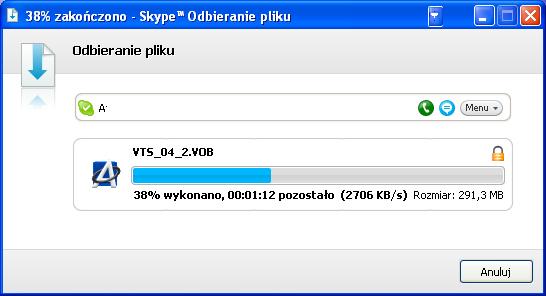
Hope I managed to summarize my question again for better understanding. Now the question raises here, when I say cloud-native-endpoints (devices) which means they are not domain-joined and there no possibility of getting on-prem AD gpo policies, so does the default domain policy for the user applies on these devices as well? Once the session is established.Īccording to MS, once the device gets the line of sight to the domain controller (after VPN is established between the client and server), the Kerberos authentication provider receives the credentials and attribute on the device to request a Kerberos TGT and this enables cloud-native-endpoints to connect on-prem resources without a need of interactive sign-in and it does SSO smoothly. So during the client/server handshake AUTH phase server expects user certificate as proof of possession for authentication in the encrypted tunnel. we set this to zero because we want the client VPN adapter to use user certificate by default. This means when UseRasCredentials=0 then VPN Client adapter will not look for cached user credentials. Please check out this link to get what I am referring to in regards to the question 1 flow from client to server. The question is not about how EAP works instead it is about what happens in the flow, what is expected in the flow, and what is appropriate. If the answer is helpful kindly click "Accept as Answer" and up vote it

Go to this link for your reference and other troubleshooting procedures ĭo not hesitate to message us if you need further assistance.
#802.1 x vpn install
EAP is not an authentication method like MS-CHAP v2, but rather a framework on the access client and authentication server that allows networking vendors to develop and easily install new authentication methods known as EAP methods. The Extensible Authentication Protocol (EAP) is an architectural framework that provides extensibility for authentication methods for commonly used protected network access technologies, such as IEEE 802.1X-based wireless access, IEEE 802.1X-based wired access, and Point-to-Point Protocol (PPP) connections such as Virtual Private Networking (VPN).

Kindly follow the steps provided below to resolve your issue.

Five minutes is the maximum tolerance for synchronizing computer clocks.7 days is the maximum user ticket renewal lifespan.Enabling user logon limitations in a policy setting.The real confusion I have here is, all users are subject to the default GPO policy listed below, thus if a machine connects to the AOVPN using user certificate, will it disconnect after 10 hours because the user ticket life time is set to 10 hours? I believe it won't instead as per my understanding it will use the cached credentials to get a new Kerberos TGT token. According to the MS article below, once a connection is made, the device will have a direct line of sight to the domain controller where user credentials can be used to access on-premises services. In my understanding, user certificate alone is sufficient to connect to AOVPN and user credentials are not required. So, we have configured our client VPN adapters "Rasphone.pbk" file via Intune device management where "UseRasCredentials" is set to 0 which ensures that the client does not cache the credentials used for VPN authentication. This approach does not require a user certificate, however when PEAP-TLS is used, the second phase of authentication requires a client user OR device certificate. With PEAP-TLS, the encrypted tunnel will be the first phase, followed by server side authentication and encryption of all user-sensitive data. NPS then verifies the certificate based on the network policy like its validity, UPN (in our case), security group membership, and a variety of other properties, and the connection is established between the client and server.īefore password/certificate-based authentication takes place, the EAP-Protected Extensible Authentication Protocol (PEAP) creates a more secure, encrypted channel. After the initial security negotiation between the client and server, VPN requests the client to send an AUTH packet, which is then forwarded to NPS for authentication.

We provide AOVPN via SSTP to our cloud-managed clients (AzureAD Joined and NOT domain-joined).įor Windows, we use P-EAP-TLS, and for MacOS, we use EAP-TLS, both requires smartcard certificates for authentication.
#802.1 x vpn windows
We use Microsoft Windows Server 2019 RRAS, NPS, PKI, and AD in our environment.


 0 kommentar(er)
0 kommentar(er)
